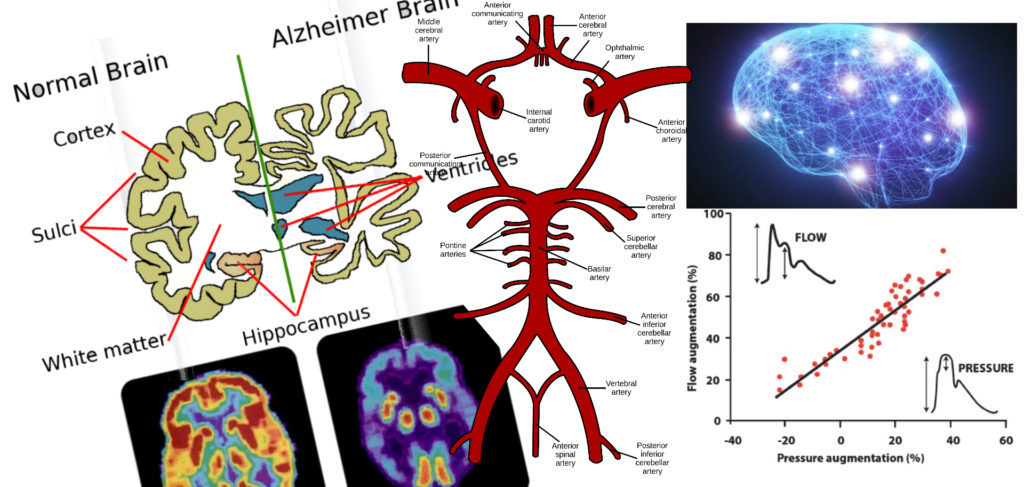Alzheimer’s Disease: Is the Brain Destroyed by the Pulse?
 Professor Jonathan Stone
Professor Jonathan Stone
Executive Director, Bosch Institute
Professor of Retinal and Cerebral Neurobiology
School of Medical Sciences, The University of Sydney
Alzheimer’s disease afflicts people of many ages but is most commonly a disease of ageing. The Alzheimer’s Association claims that, on average, a person with Alzheimer’s lives four to eight years following diagnosis, but can live as long as 20 years depending on a range of factors. A devastating process of decline, the disease progresses from an early stage of lapses in memory and concentration, progressing to a middle stage where neurological decline robs the sufferer of memories, emotional regulation and autonomy, then finally a late stage where individuals lose the ability to respond to their environment, conduct conversation and, eventually, control movement.
Professor Jonathan Stone’s current research concerns the biology of the ageing brain, with an emphasis on the mechanisms which maintain the brain’s stability in the face of the stresses in ageing. He currently heads a Laboratory of Retinal and Cerebral Neurobiology, and in recent years has published extensively on the causes and mitigation of cerebral degenerations, identifying the role of vascular ageing in the development of age-related dementia (Alzheimer’s disease) and developing the concept of acquired resilience in body tissues.
Professor Stone will trace evidence that age-related dementia (Alzheimer’s disease) results from the destructive impact of the pulse on cerebral vasculature. Evidence will be reviewed that the neuropathology of the dementia is caused by the breakdown of small cerebral vessels (silent microbleeds), that the microbleeds result from pulse-induced damage to the cerebral vessels, and that pulse becomes increasingly destructive with age, because of the age-related stiffening of the aorta and great arteries, which causes an increase in the intensity of the pressure pulse. Implications for therapy will be discussed, and evidence reviewed that pulse-induced destruction of the brain, and of another highly vascular organ, the kidney, are becoming the default forms of death, the way we die if we survive the infections, cardiovascular disease, and malignancies, which still, for a decreasing minority, inflict the tragedy of early death.
About the Speaker
Professor Jonathan Stone graduated with a BMedSci degree from the University of Sydney in 1962, with a PhD in 1966 and a DSc in 1977. After a decade in the School of Anatomy at the University of New South Wales, he served as Challis Professor of Anatomy at the University of Sydney from 1987 – 2003. He is now Professor Retinal and Cerebral Neurobiology, in the Discipline of Physiology, Managing Trustee of the Sir Zelman Cowen Universities Fund and Executive Director of the Bosch Institute. He is a Fellow of the Australian Academy of Sciences, and served as its Secretary (Biological Sciences) from 1986-90.








